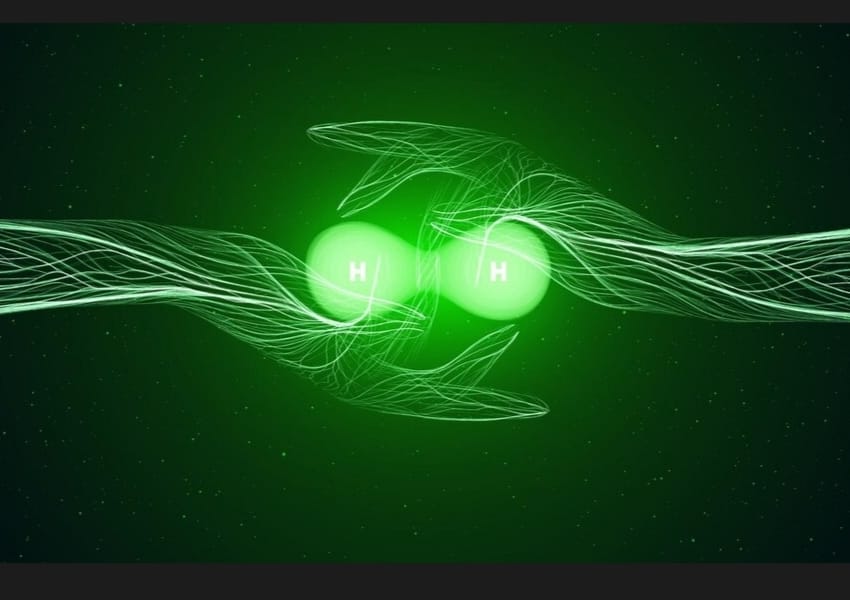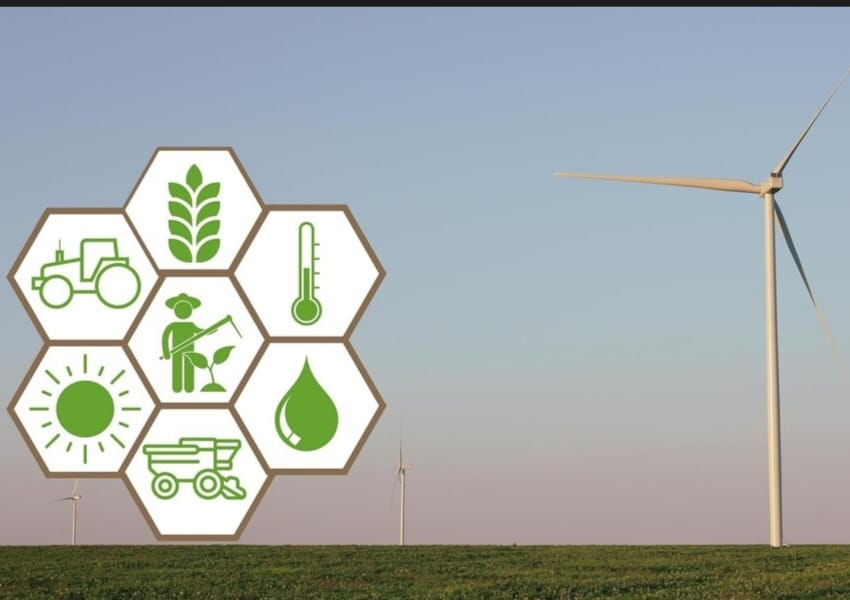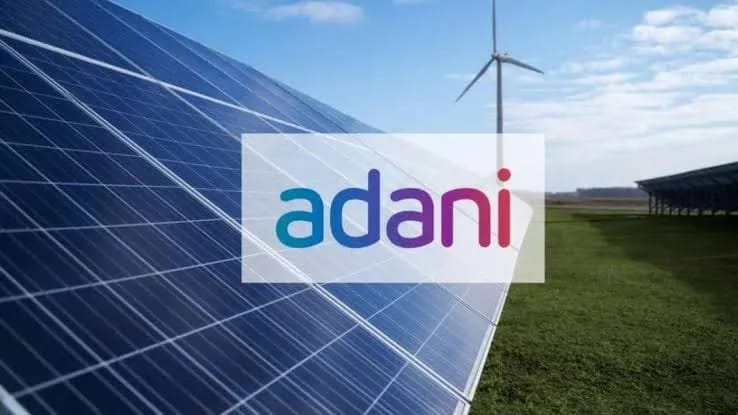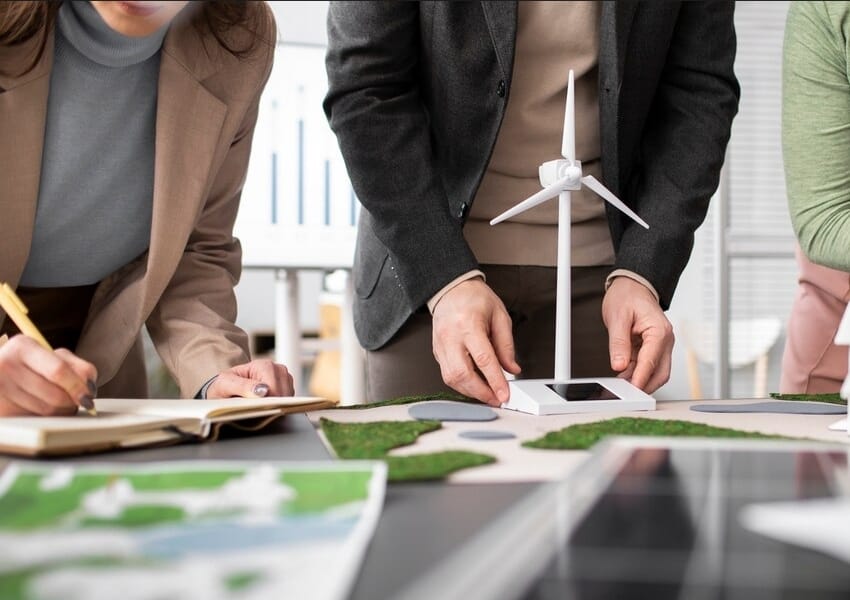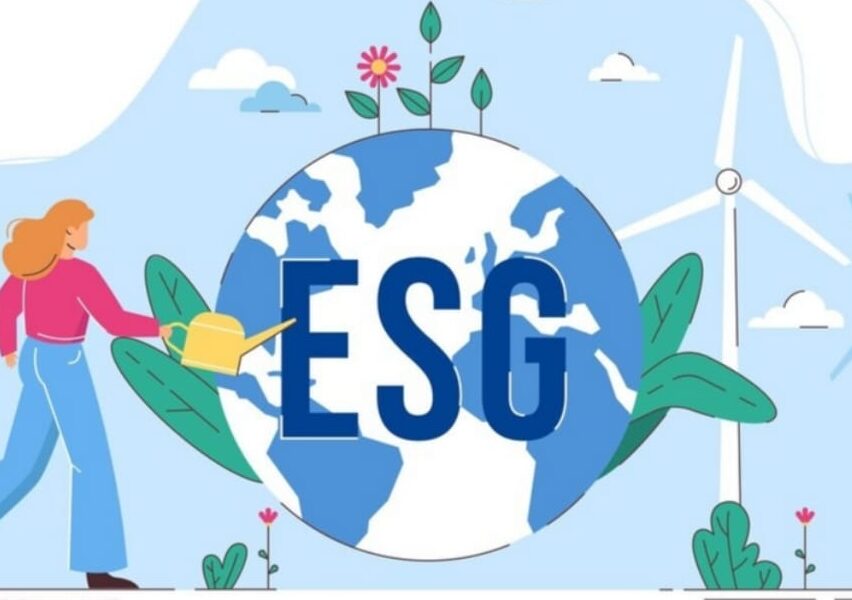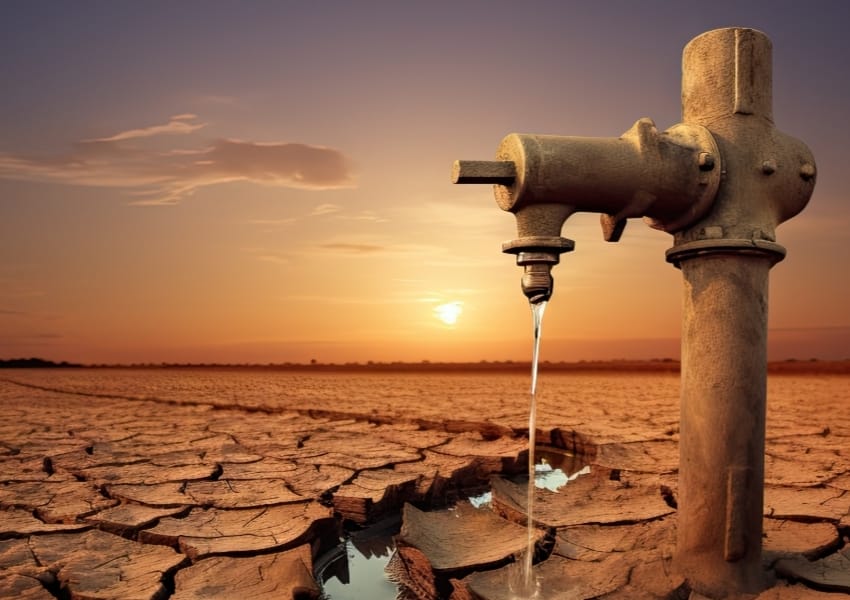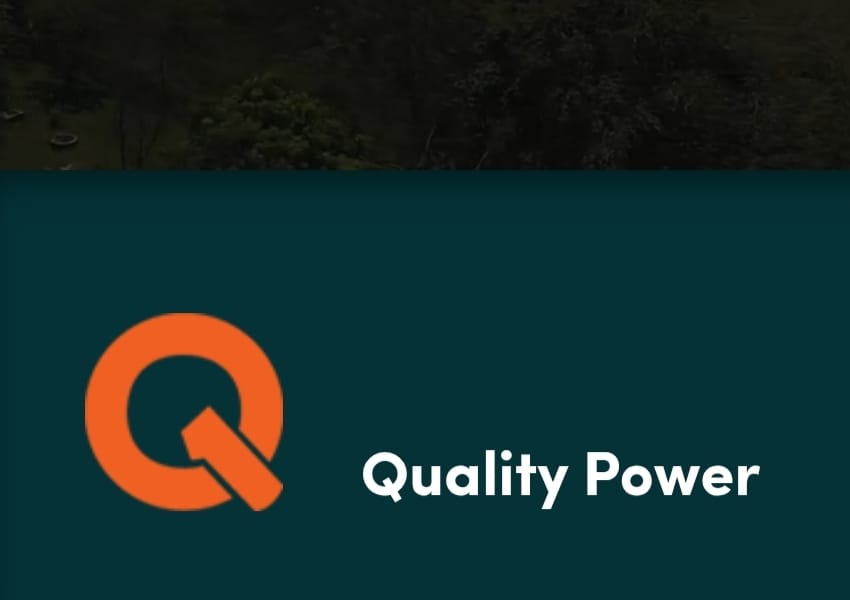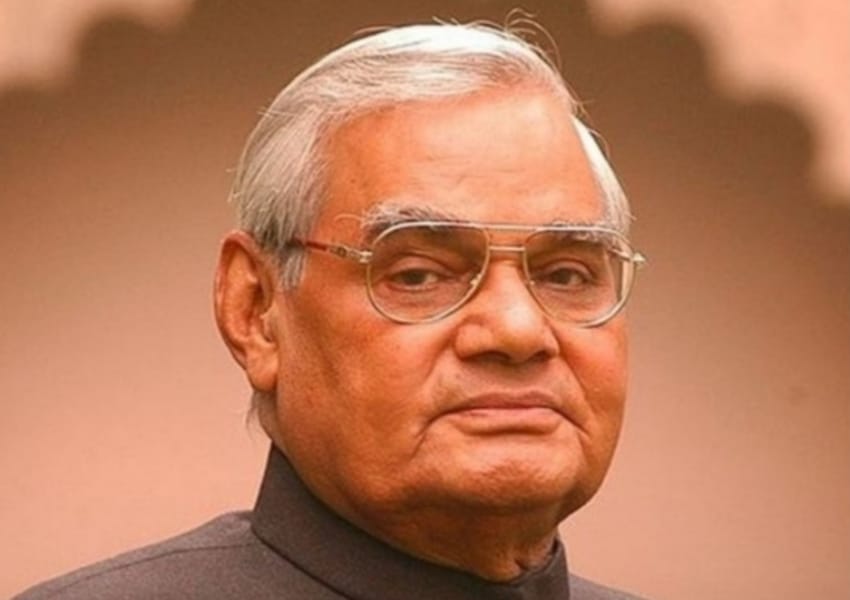Cabinet Approves Rs 20,773.70 Crore For Green Energy In Ladakh

This project will establish an inter-state transmission system catering to a whopping 13-gigawatt renewable energy initiative in Ladakh
In a significant development for India’s green energy aspirations, the Cabinet Committee on Economic Affairs, led by Prime Minister Narendra Modi, has granted approval for the Green Energy Corridor Phase-II. This ambitious initiative aims to establish an Inter-State Transmission System to support a substantial 13-gigawatt renewable energy project in the scenic Ladakh region. Scheduled for full realisation by the fiscal year 2029-30, the project carries a budget of Rs 20,773.70 crore, with the central government contributing 40 per cent of the project’s expenses.
This milestone comes on the heels of Prime Minister Narendra Modi’s Independence Day address, where he unveiled plans for a 7.5 GW Solar Park in Ladakh. Shortly thereafter, the Ministry of New and Renewable Energy put forth an audacious proposal for a 13 GW Renewable Energy generation capacity, complemented by a 12 GWh Battery Energy Storage System in Pang, Ladakh. With the Power Grid Corporation overseeing implementation, the project promises state-of-the-art technological solutions, including a Voltage Source Converter-based High Voltage Direct Current system and an Extra High Voltage Alternating Current mechanism.
The transmission system is of utmost importance for efficient power evacuation and will seamlessly integrate with the National Gridpass. This extensive network will traverse the terrains of Himachal Pradesh and Punjab, terminating at Kaithal in Haryana. Additionally, a strategic interconnection from Leh will fortify the existing Ladakh grid, ensuring a reliable power supply to the region. The project will shed light on Jammu & Kashmir through its connection to the Leh-Alusteng-Srinagar line and lay down a remarkable 713 km of transmission lines. This includes a 480 km HVDC line and two 5 GW HVDC terminals located in Pang (Ladakh) and Kaithal (Haryana).
In India’s pursuit of a greener future, this project plays a pivotal role in the quest to harness 500 GW of non-fossil electricity by 2030. It bolsters the nation’s energy security and champions ecologically sustainable growth while setting a precedent for environmental responsibility by reducing the carbon footprint. Moreover, the ripple effect of this undertaking promises substantial employment opportunities across various sectors, shining a spotlight on Ladakh’s potential.
Furthermore, the Intra-State Transmission System Green Energy Corridor Phase-II is already making strides in regions such as Gujarat, Himachal Pradesh, Karnataka, Kerala, Rajasthan, Tamil Nadu, and Uttar Pradesh, underscoring India’s commitment to a brighter, greener tomorrow.






